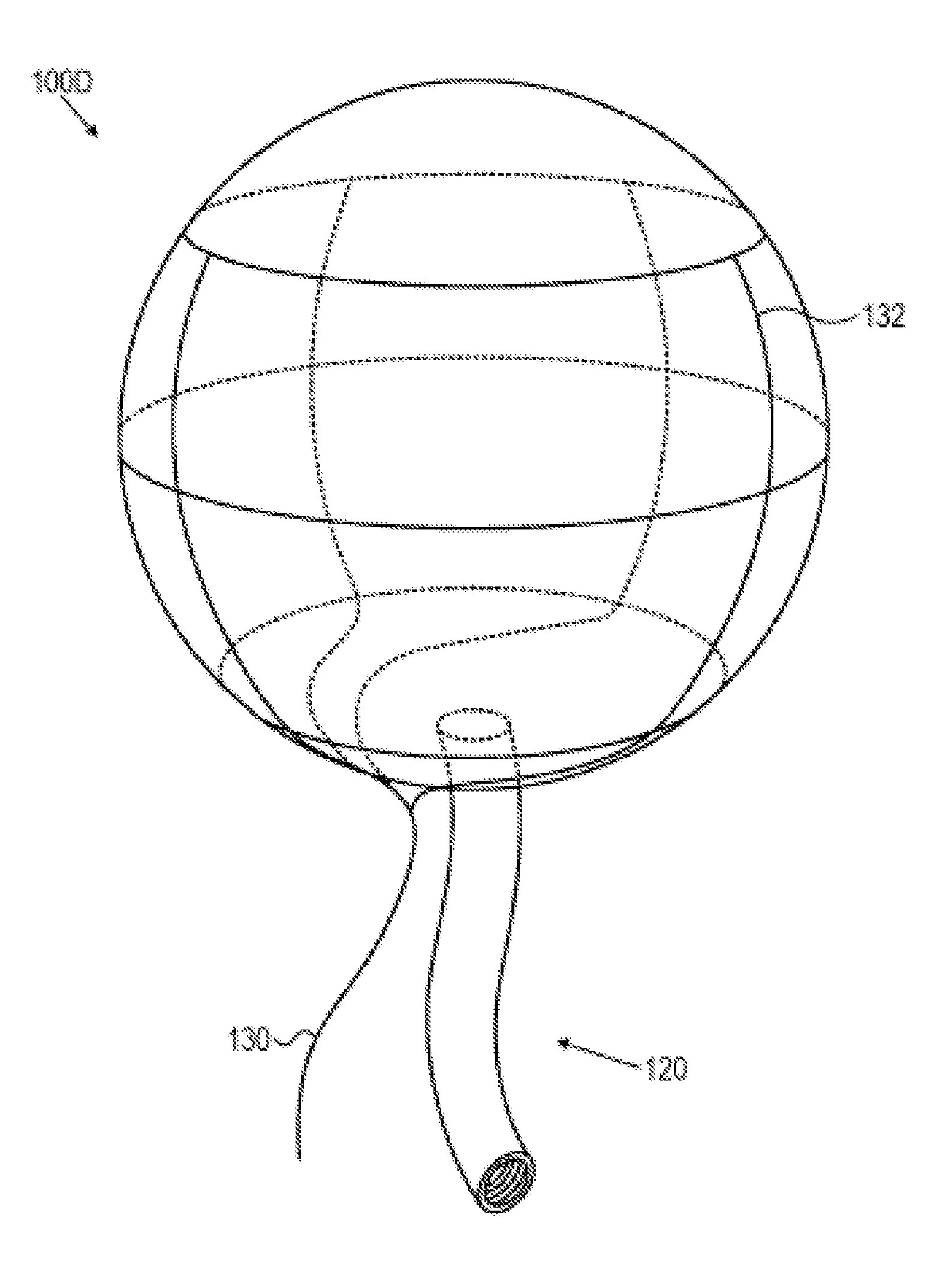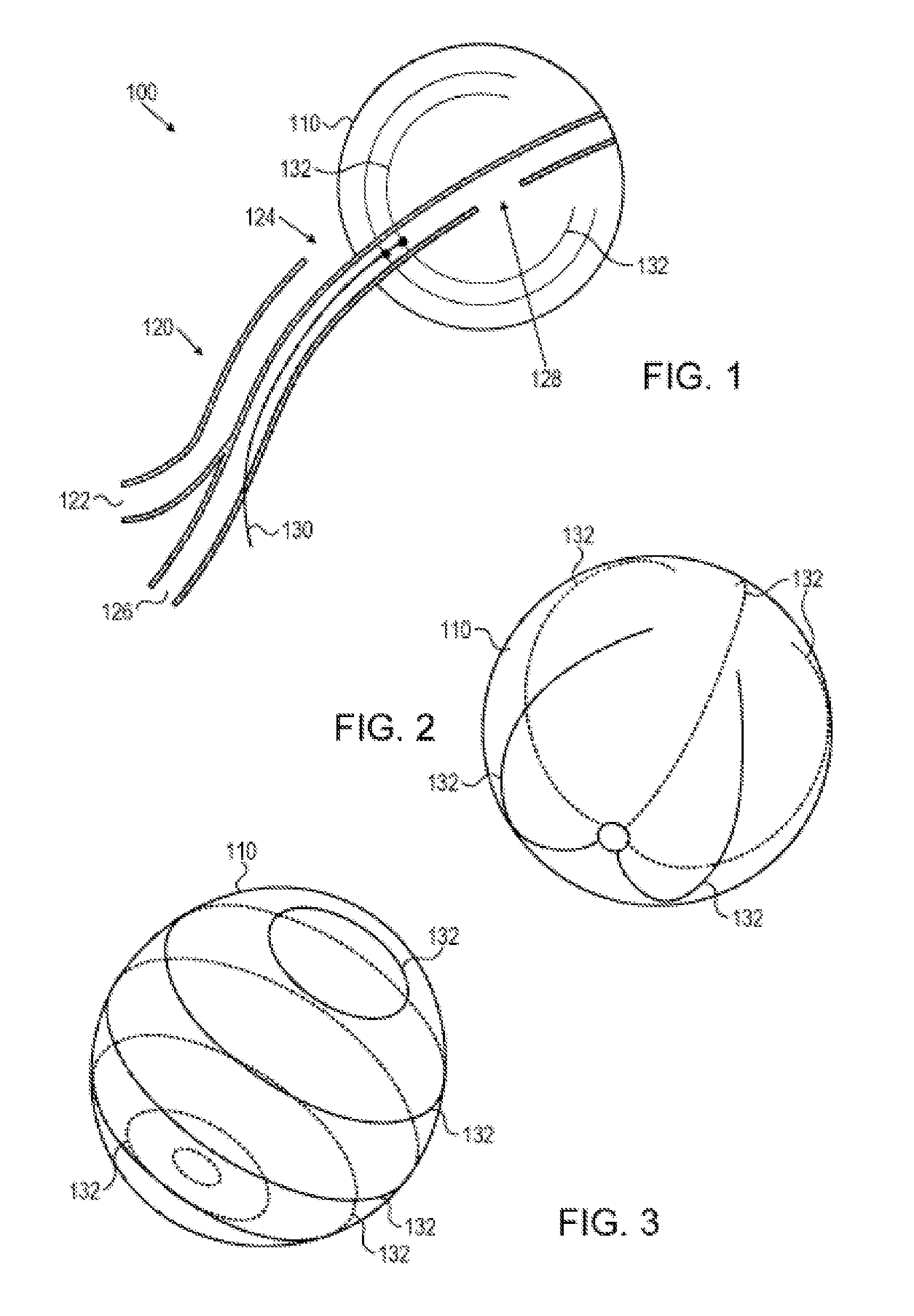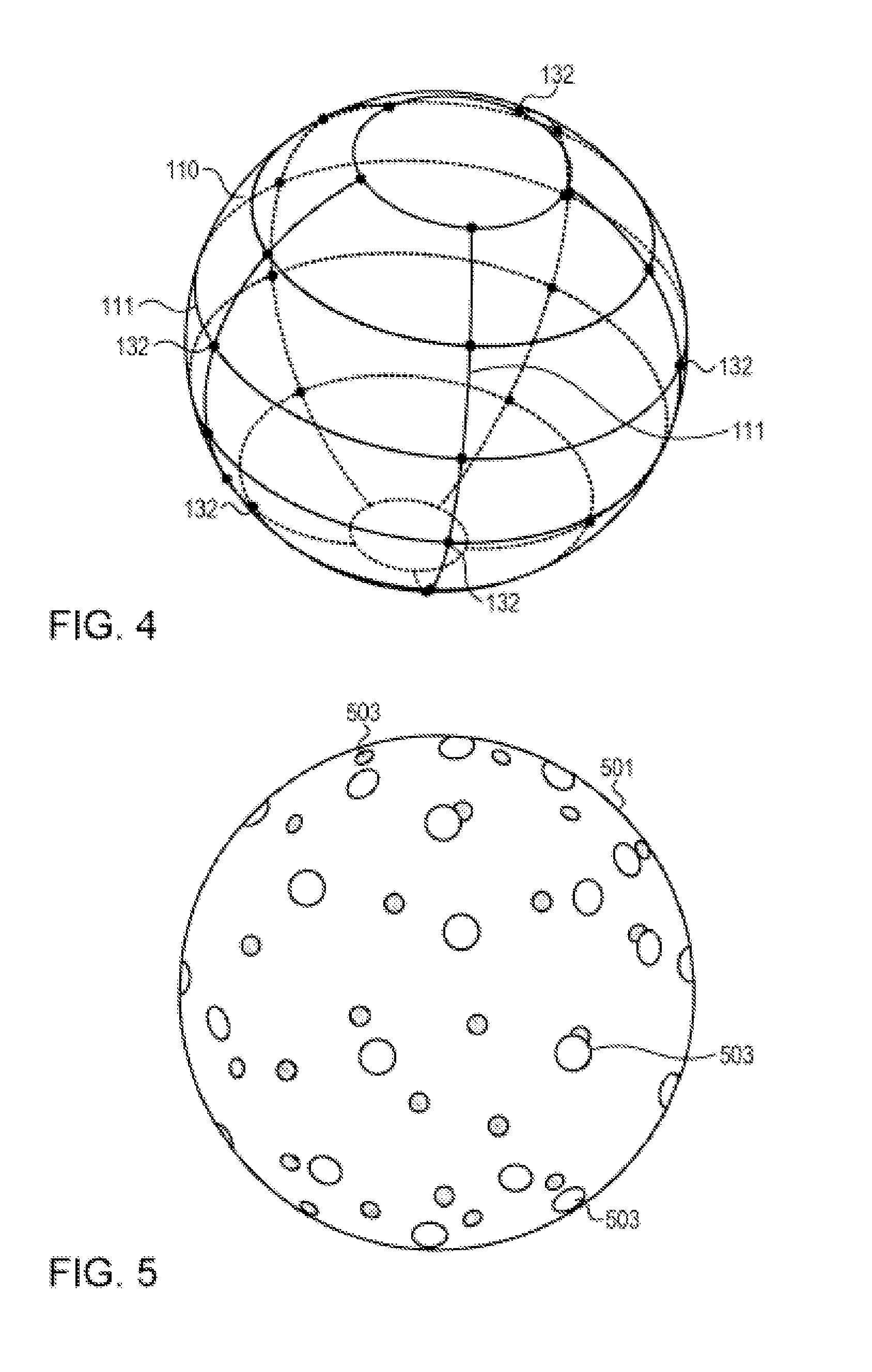Bladder tissue modification for overactive bladder disorders
a bladder and tissue technology, applied in the field of hollow organ treatment, can solve the problems of unstoppable urgency, long procedure time, and high cost of specialized labs, and achieve the effects of reducing electrical propagation, and reducing the occurrence of undesirable muscle spasms
- Summary
- Abstract
- Description
- Claims
- Application Information
AI Technical Summary
Benefits of technology
Problems solved by technology
Method used
Image
Examples
Embodiment Construction
[0085]Systems, devices, and methods for treating a hollow bodily organ, particularly a urinary bladder for overactive bladder, are disclosed.
[0086]Method and devices for tissue ablation in hollow organs are described. In some embodiments, the devices described herein are used to destroy unwanted tissue, such as overgrown uterus mucosa, or hypertrophic gastric mucosa. In many embodiments, tissue ablation regions are created within the treated organ, thus preventing, attenuating, or slowing dissemination of the electrical activity within the tissue. These regions will typically be in the form of lines. Such lines or regions of reduced electrical conductivity or propagation may be described as electrical isolation lines or regions, although complete electrical isolation may not always be achieved or desired. In many embodiments, creating tissue ablation lines or regions are within the treated organ can prevent, attenuate, or modify the transfer of mechanical forces through the organ. I...
PUM
 Login to View More
Login to View More Abstract
Description
Claims
Application Information
 Login to View More
Login to View More - R&D
- Intellectual Property
- Life Sciences
- Materials
- Tech Scout
- Unparalleled Data Quality
- Higher Quality Content
- 60% Fewer Hallucinations
Browse by: Latest US Patents, China's latest patents, Technical Efficacy Thesaurus, Application Domain, Technology Topic, Popular Technical Reports.
© 2025 PatSnap. All rights reserved.Legal|Privacy policy|Modern Slavery Act Transparency Statement|Sitemap|About US| Contact US: help@patsnap.com



